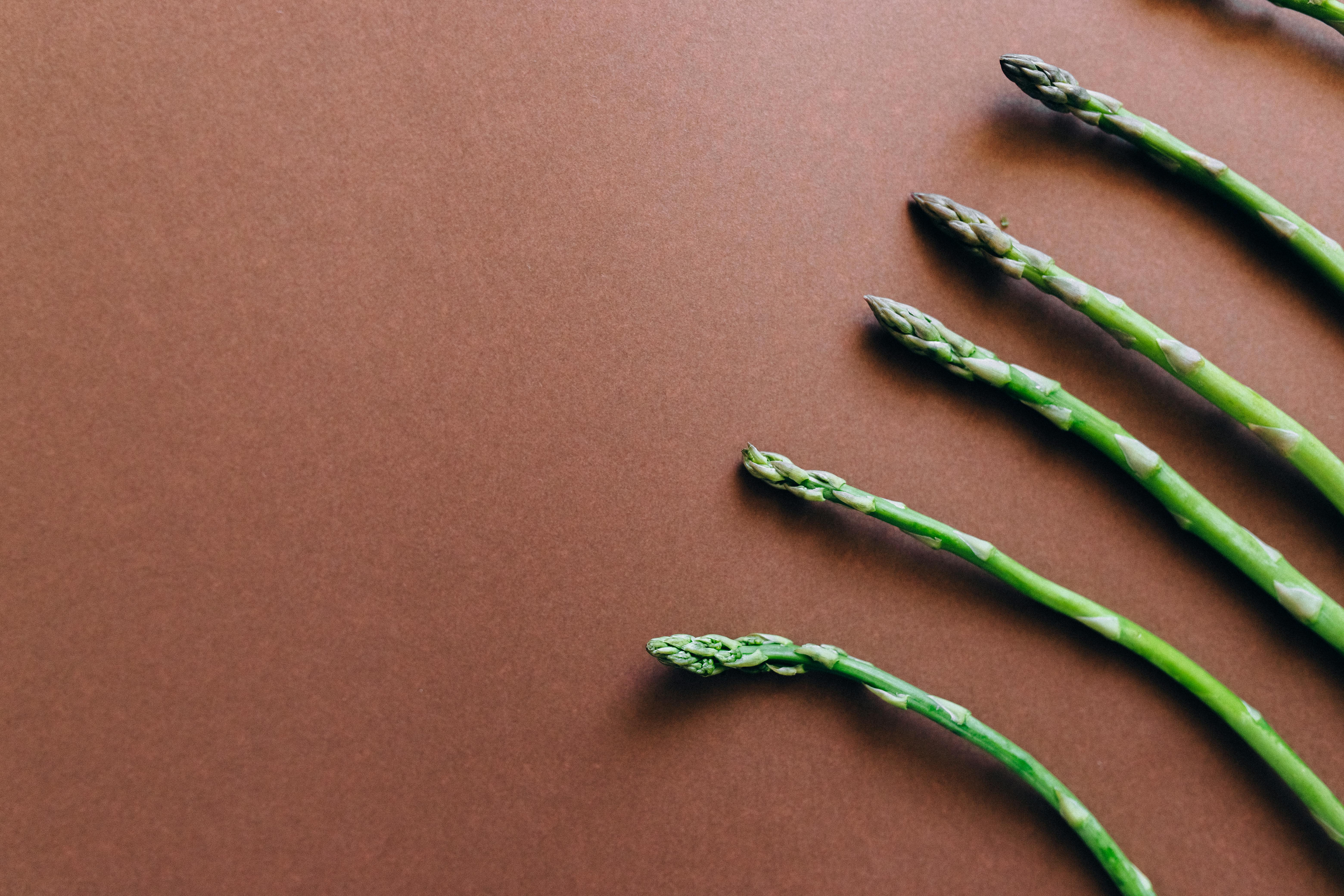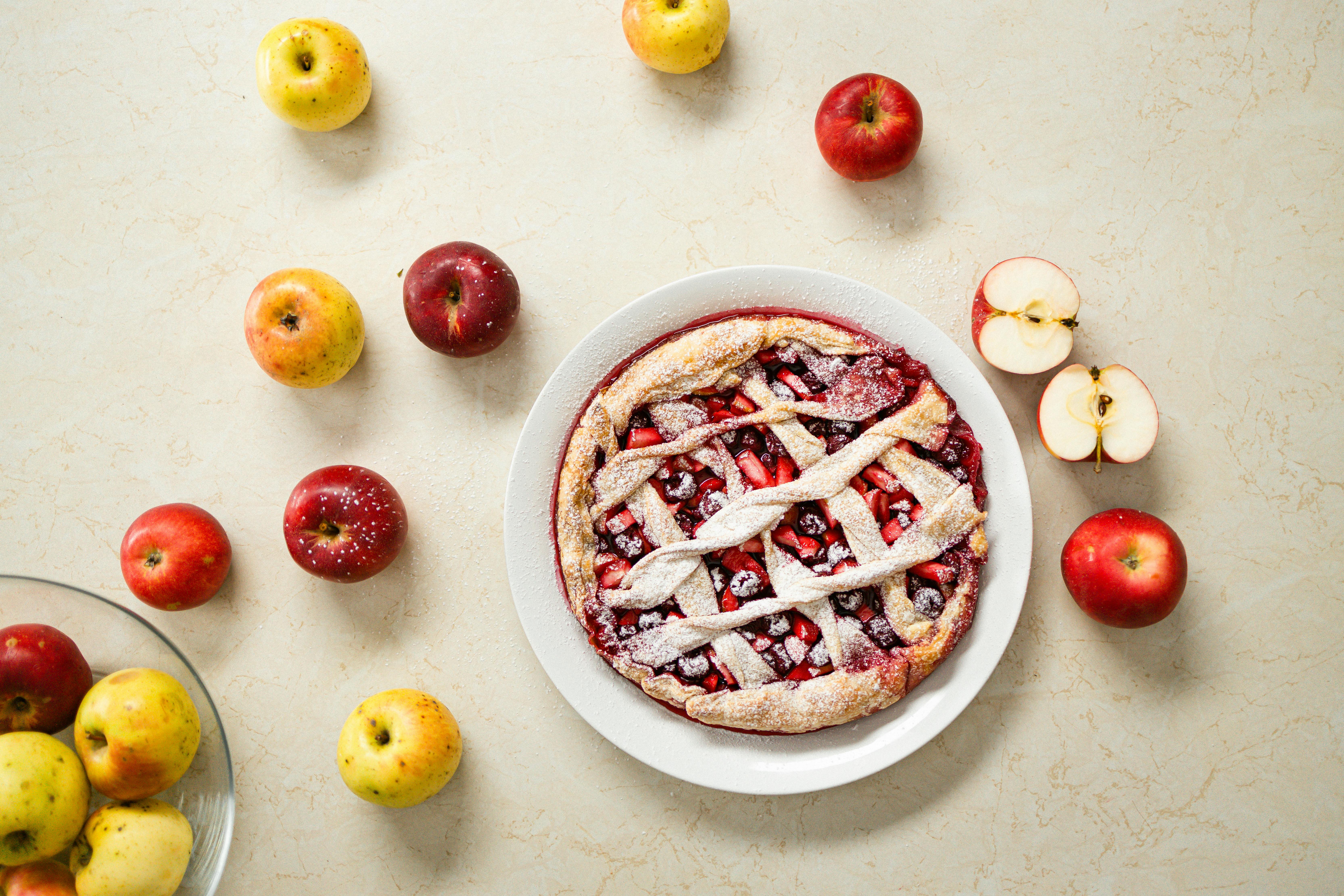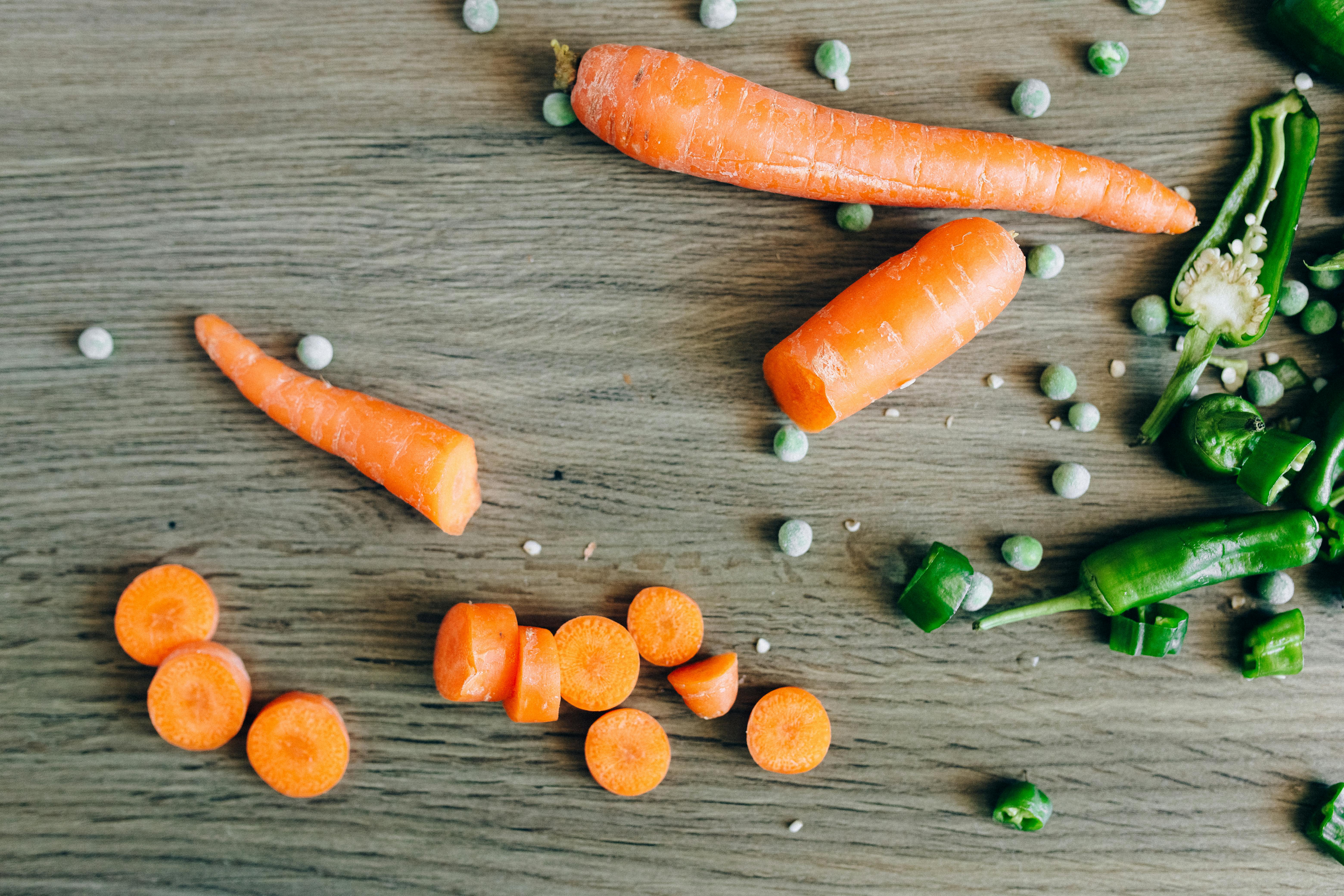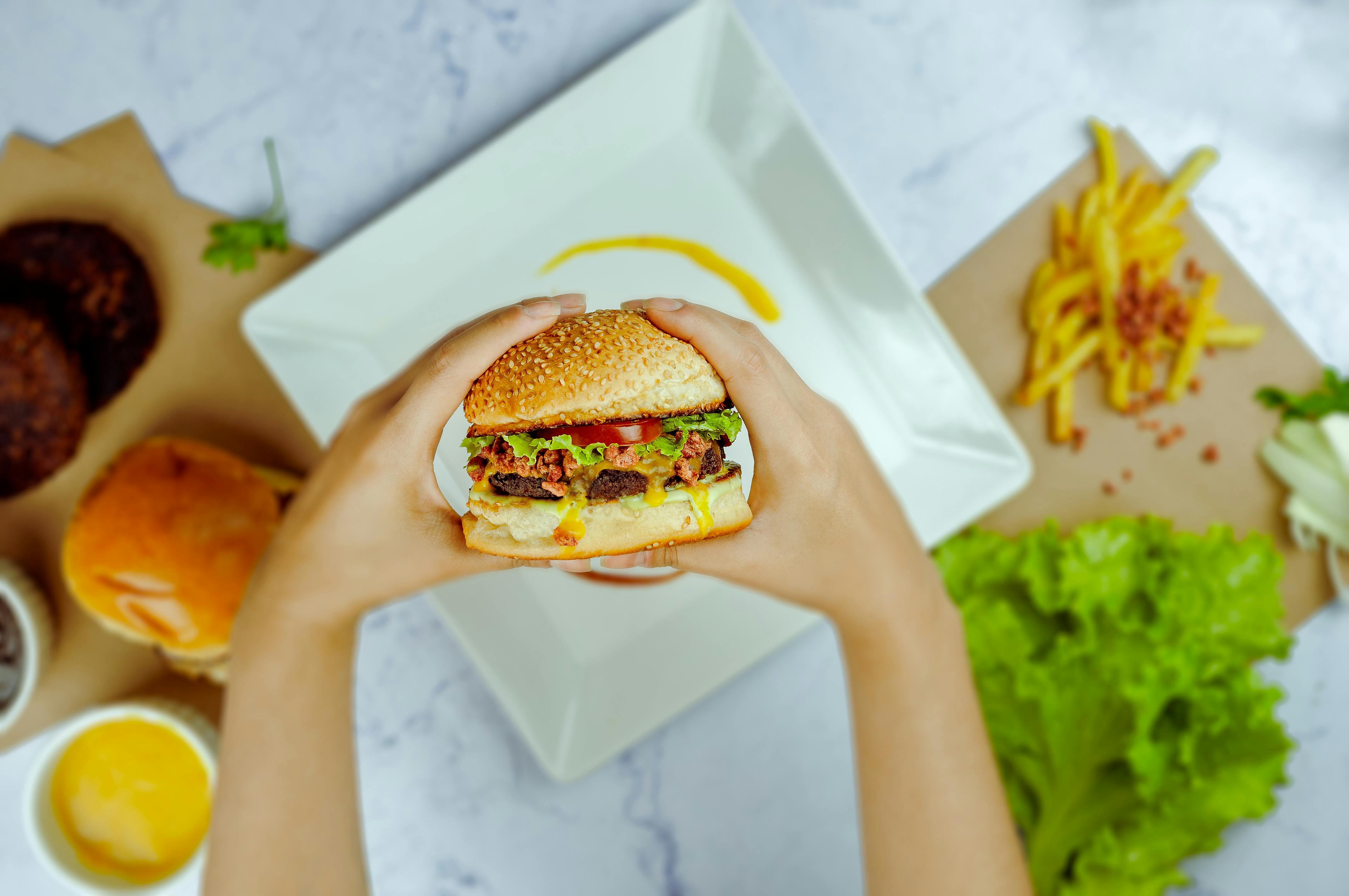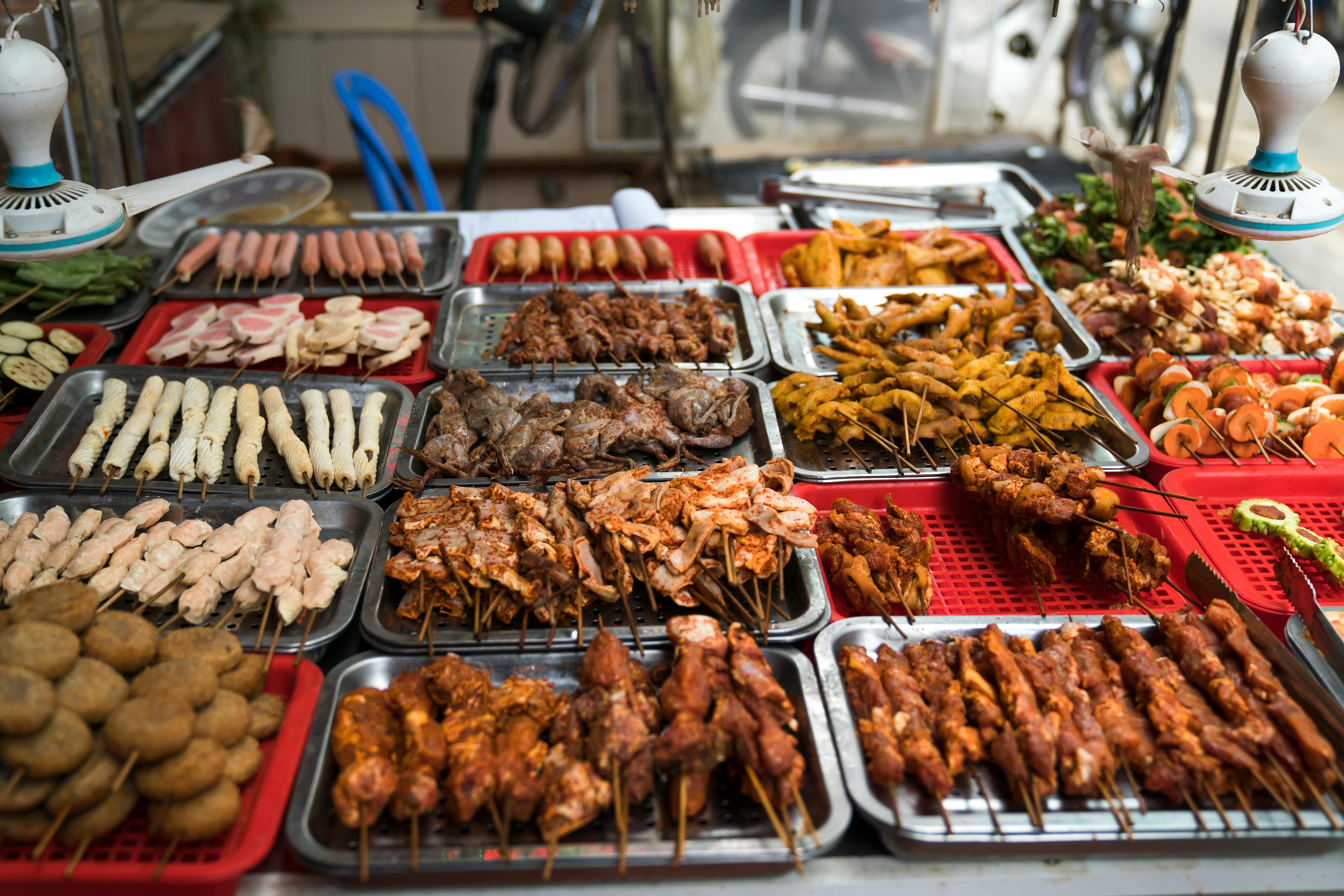As you know, timing is everything when preparing a meal. The same goes for spices, that is, when you season has an effect on the intensity of the flavor. Depending on the spice, cooking can increase the potency, as you may have discovered by adding cayenne pepper to your simmering spaghetti sauce. Or the flavor may not be as strong as you thought. This is particularly evident when adding herbs that are cooked over a long period of time, either in sauce or slow cooking in a crock pot.
Flavorings can be tricky when they come in contact with heat. Heat enhances and destroys flavors, because heat allows essential oils to escape. The beauty of a crock pot is that slow cooking allows for the best results when using spices in a meal. The covered pot keeps moisture and smoky flavors and oils from escaping, and allows spices to soak into the food in the pot. Using a microwave, on the other hand, may not allow flavor release, especially in some herbs.
Common sense tells us that baking spices such as allspice, anise, cardamom, cinnamon, cloves, ginger, mace, nutmeg, and mint can be added at the beginning of baking. All are kept for both short term and long term baking periods, be it for a batch of cookies or a sheet cake. They also work well in sauces that need to simmer, although nutmeg is often stirred over an item after it has been served. Cinnamon, as well as rosemary, will wreak havoc on those using yeast recipes and both are considered yeast inhibitors. Caraway seed tends to turn bitter with prolonged cooking, and turmeric can be bitter if burned.
Most herbs tend to be a bit more delicate when it comes to cooking. Its flavors seem to cook with a sauce much faster. Herbs include basil, chervil, chives, coriander, coriander, dill (seeds can withstand cooking longer than leaves), lemongrass, parsley (flat or Italian leaf is better for cooking), sage, tarragon, and marjoram . In fact, marjoram is often sprinkled over a soup after serving and is not cooked at all.
The exception to these herbs is the hardy bay leaf, which holds up very well in a crock pot or stew. Oregano can be added at the beginning of cooking (if it cooks less than an hour) and also thyme. Often times, the sustainability of the flavor of an herb has as much to do with the temperature at which it is cooked as with the duration of cooking.
Onions and their relatives can withstand prolonged simmering at low temperatures, but are best added towards the end of cooking. Leeks are the exception. Garlic can turn bitter if overcooked. Softer shallot may hold up well, but will turn bitter if browned.
It is best to add peppercorns and hot peppers last, as they become more potent as they cook. This includes chili powder and Sichuan peppers. Here the paprika is the exception and can be added at the beginning of cooking. Mustard is often added at the end of cooking and is best if it is not brought to a boil.
Sometimes not cooking has an effect on the taste. Many of the herbs mentioned above are used in salads. Cold, raw foods such as potato salad or cucumbers can absorb the flavor, so you can be more generous with your seasonings and add them early in preparation. Freezing food can destroy the flavors completely, so you may need to re-season it after reheating.
Again, much of the cooking process depends on how long and how hot you cook your food. It also has a lot to do with how you like your food to taste. My relative from the Midwest can’t handle hot peppers like we Southwestern ones, and I can’t use cayenne in his presence. As you can see, seasoning is not objective, nor is it an exact science. But that shouldn’t stop you from playing mad scientist and delving into hands-on experimentation.
